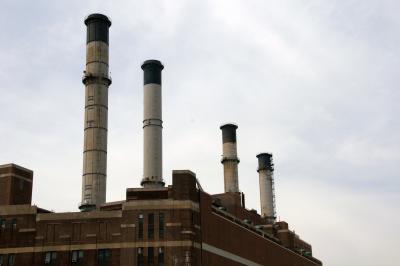
Energy sources are classified into two broad categories: nonrenewable and renewable. Oil, gas and coal are the primary nonrenewable sources of energy. Solar, wind and geothermal are alternative energies considered renewable. According to the Department of Energy (DOE), energy plays a vital role in America's economy, national security and transportation system. There are some major factors that affect the nation's energy stock: supply and demand, government regulations, environmental concerns and infrastructure.
Chevron, one of the world's leading energy producers and suppliers, estimate that the worldwide population will rise by 20 percent by the year 2031. This substantial increase in the global population will ultimately create more of a demand for energy sources, and India and China are expected to be the major recipients of this explosive growth. Exploration for and production of new fossil fuel sources are being spearheaded by the Department of Energy (DOE), which is also researching new ways to extend this old form of energy.
Government regulations pertaining to fuel sources are probably one of the biggest factors affecting the energy industry. According to the DOE, the U.S. spends an annual amount of 5 billion dollars on fuel. With so much of the economy connected to oil, gas and coal, there is a need for government regulations. Emissions standards, taxes, market directives and specific fuel guidelines are but some of the mandates that directly impact fuel sources. Foreign and domestic fuel suppliers must adhere to government regulations.
Fuel sources are also affected by the environment since diverse types of fuels contribute to greenhouse gas emissions and the possibility of contaminating land, water and air with radioactive waste. Other factors that have the potential to harm the environment due to the exploration and production of fuel sources include disrupting the natural environment where resources are found, endangering the natural habitat of animals and the destruction of plant life. DOE implements integrated management systems and practices when producing or acquiring fuel sources in order to protect the environment and the health of the public.
Fuel sources are supplied to the U.S. from foreign or domestic suppliers, and refineries are usually given the responsibility of transforming raw resources into commercial energy and fuel. After fuel is processed it is taken by distributers, who either store it or have it delivered to commercial fueling stations or other dispensing outlets. Pipelines also play a critical role with supplying natural gas and other forms of raw energy to distributers. Infrastructure critically impacts fuel sources, and without a solid fuel network in place it would be extremely difficult to supply the nation's energy needs.